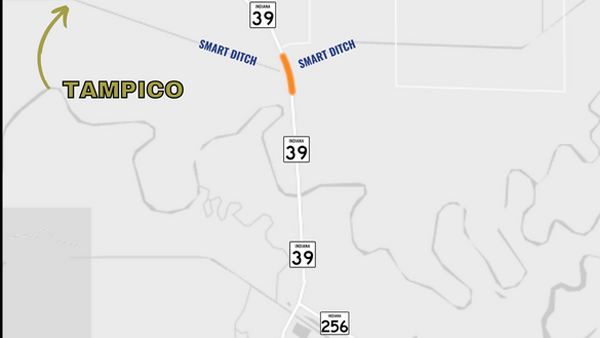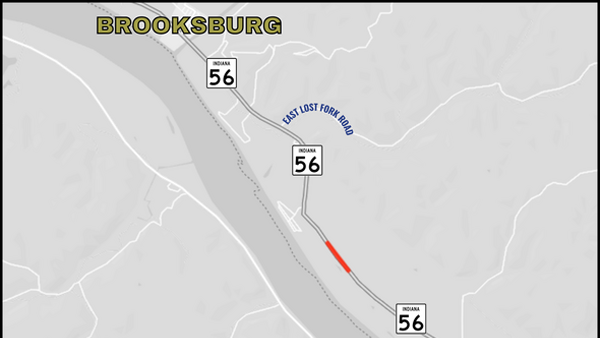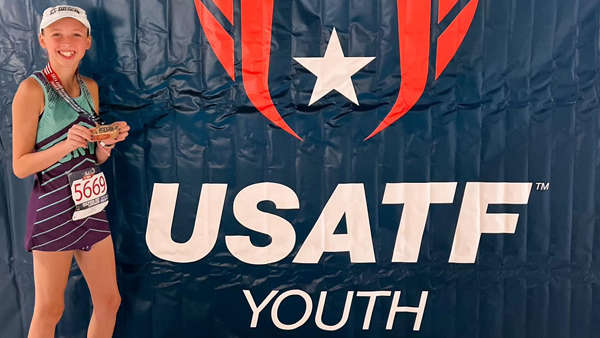
Level 1 and Level 2 Declarations Cover the Commonwealth
The Kentucky Energy and Environment Cabinet and the Office of the State Climatologist, in coordination with the Kentucky drought mitigation team, have issued a Level 2 drought declaration for 78 counties, including Carroll and Trimble Counties, and a Level 1 declaration for 42 counties.

A Level 2 drought declaration has been issued for areas in eastern, central and parts of western Kentucky and could lead to substantial agricultural losses, diminished stream flows in small streams and rivers and increases in the occurrence of wildfires. If drought conditions persist, it is expected that some water utilities will have difficulties treating water and may begin issuing conservation advisories or implementing water-use restrictions due to limited water supplies.
A Level 1 drought declaration has been issued for areas in western and northeastern Kentucky indicating moderate to severe drought conditions have developed primarily affecting soil moisture and vegetative health. Serious impacts to agricultural water needs, an increased wildfire risk, abnormally low flows in streams, and resultant water quality issues can be expected in the designated areas.
The Commonwealth has been experiencing unprecedented dryness, with most locations recording little to no precipitation during the month of September. This lack of precipitation, combined with record heat, has led to rapidly deteriorating conditions.
“The combination of hot, dry weather that set in across Kentucky in August reached an unprecedented level during September, based on the period of record dating back to 1895,” said Stu Foster, state climatologist for Kentucky. “As a result, drought conditions have developed rapidly as we enter what is climatologically the driest time of the year.”
Public water supplies are not seriously affected at this time, but persistent drought conditions will increase the risk of water shortage conditions, especially for those systems relying on small lakes, small headwater streams and wells located in drought-vulnerable aquifers. Low water levels in lakes can also lead to water quality issues that could present treatment challenges for utilities.
The Kentucky Division of Water continues to monitor all the state’s water systems and their sources of supply, including notifying the public of any changes that may lead to water shortages.
The hot, dry conditions have had a serious impact on agricultural interests, especially when it comes to cattle production. Severely diminished pasture conditions have led to limited fall grazing, and in turn, forced many producers to feed winter hay well ahead of schedule. Numerous county agents are reporting hay yields cut in half, while moisture availability has put a halt to pasture renovations.
Matt Dixon, with the UK Ag Weather Center, said data at the weather center showed the state averaged only 0.28 inches of rain during the month. “This has led farm ponds and streams to diminish tremendously, which has pushed some producers to start hauling water,” Dixon said.
The forecast shows relief from the record heat beginning later this week, but the long-term outlooks indicates below-normal precipitation for the next 30 days.
The Kentucky Drought Mitigation and Response Plan defines a tiered approach to classifying drought severity using multiple indicators to assess the intensity and location of a developing drought. These indicators include the Drought Monitor, Palmer Drought Index, Crop Moisture Index, and precipitation and streamflow measurements.
More information about drought declaration criteria can be found in the Kentucky Drought Mitigation and Response Plan.

 Bridge Work Planned on State Road 39 South of Tampico
Bridge Work Planned on State Road 39 South of Tampico
 Indiana State Police Investigating Fatal Shooting in Switzerland Co.
Indiana State Police Investigating Fatal Shooting in Switzerland Co.
 Temporary Closure Planned on State Road 56 in Jefferson County
Temporary Closure Planned on State Road 56 in Jefferson County








